Faculty Retreat Focuses on Power of Collaboration to Boost Student Success
Collaboration across programs and colleges will be key to the success of CSUN’s efforts to increase its graduation rates and reduce its achievement gaps, President Dianne F. Harrison said at the university’s annual Faculty Retreat.
In her keynote address, “If You Want To Go Far, Go Together,” Harrison spoke about coming together as a community with our various knowledge bases, perspectives, experiences and approaches to find common ground and opportunities for the good of CSUN students.
“Each and every person on campus plays a role — an important role — in our mission and must take responsibility for that,” Harrison said. “But it is the collective ‘we’ where the magic — and where the real success — happens.”
More than 100 CSUN faculty gathered Jan. 14 to prepare for the spring semester, in an opportunity for faculty members to come together and learn strategies for professional growth, which also will benefit students. This year’s Faculty Retreat focused on ways that CSUN is working across the university to achieve shared visions, with the overarching theme “2020: Envisioning Our Future.”
CSUN continues to work toward boosting graduation and retention rates by 2025 for its “Matadors Rising” initiative, following mandates for the entire 23-campus CSU system, laid out by the Chancellor’s Office. A key component of this initiative is closing achievement gaps for underrepresented minority students.
Harrison encouraged faculty and staff to step outside their comfort zones and work together to adapt to the needs of modern, technologically minded and diverse students.
She pointed to specific universities that had used data-driven approaches to boosting student success, including the University of Minnesota, Rochester and Georgia State University — whose vice president for Student Engagement and Programs, Allison Calhoun-Brown, recently spoke at CSUN about implementing student success strategies.
“Georgia State did not do anything incredibly revolutionary — in fact, we already do much of what they did — but perhaps one difference is that at Georgia State, the effort was collaborative, thereby magnifying the impact,” Harrison said. “University committees and units at Georgia State worked together to identify and address retention challenges related to major qualifications, including GPA requirements and gateway courses. Department chairs and the Georgia State University Senate collaborated to re-design the curriculum in academic programs with significant progression or graduation barriers.”
CSUN already has had success with multidisciplinary collaborations that boost student success. A collaboration between the Early Childhood Special Education Program in the Department of Special Education and the Applied Behavior Analysis Program in the Department of Psychology, known as “The Bridge Project,” has received a nearly $1 million grant from the U.S. Department of Education to provide master’s-level training to behavior analysts and early childhood special educators.
Also, in a major multi-disciplinary milestone for CSUN in 2019, NASA awarded CSUN a $3 million grant for the NASA Autonomy Research Center at CSUN. The center will serve as a research base for faculty from six colleges studying various aspects of increasingly autonomous systems — from the creation of autonomous systems to the legal and societal ramifications.
Harrison also pointed to the multi-campus success of the CSU5 collaboration, which has benefitted students and the surrounding communities of the Los Angeles-area CSU campuses.
“These are tremendous initiatives, and I know such creativity and collaborative work can be found throughout CSUN,” Harrison said. “Use today to get to know your colleagues better and to exchange ideas for how we can transform learning at CSUN.”
Throughout the retreat, faculty and staff attended a variety of sessions, where they discussed work/life balance tips, how to make their lessons more accessible, how to adapt technology into their classes, how to engage with students, and a session on how to let loose and get creative — including how to draw CSUN’s mascot, Matty the Matador, step-by-step.
CSUN Provost and Vice President for Academic Affairs Mary Beth Walker closed the program with a presentation on the economic outlook for CSUN. As demographic shifts project drops in both high school graduates and college enrollment both nationally and at CSUN, Walker offered strategies for continuing CSUN’s mission of educating Californians from all backgrounds.
In addition to creating new educational opportunities for mid-career professionals, Walker presented strategies that dovetail nicely with the university’s goals for retention and student success. These strategies include enhanced advisement and assistance on first-year math and writing classes, simplified degree pathways, and new efforts to help students balance school, work and family.
CSUN Faculty Senate President Mary-Pat Stein said the presentations from Harrison and Walker helped focus efforts for student and faculty success.
“The CSUN faculty retreat is an opportunity for faculty to come together, share successes and strategies for student success, and get energized and reinvigorated for the spring semester to come,” Stein said.

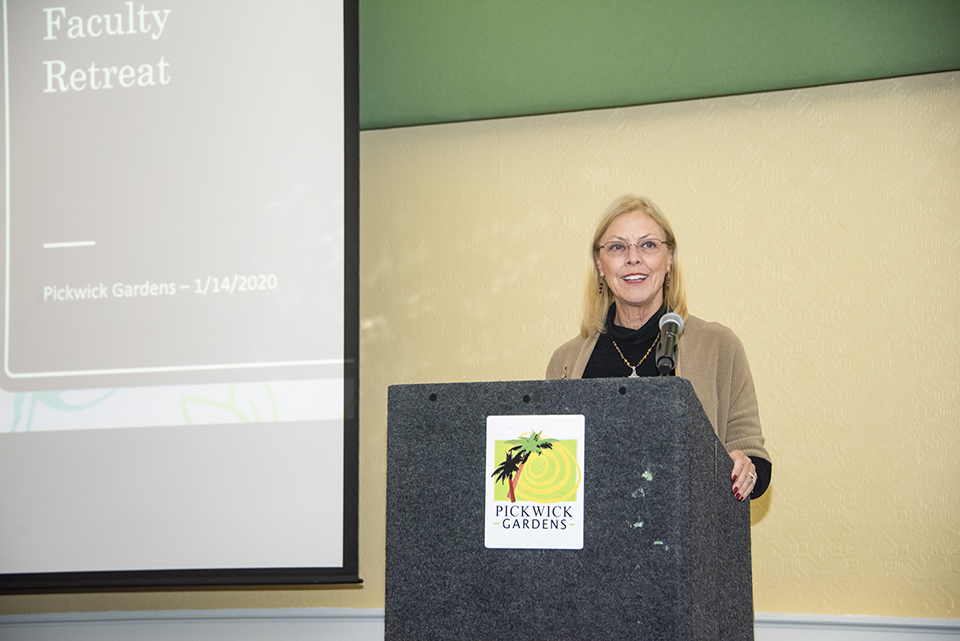
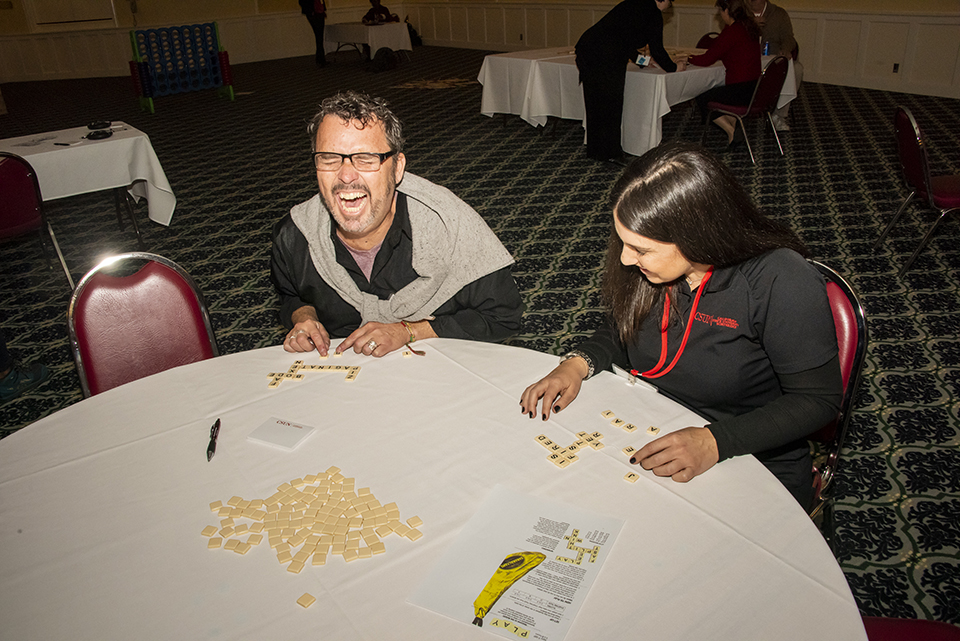
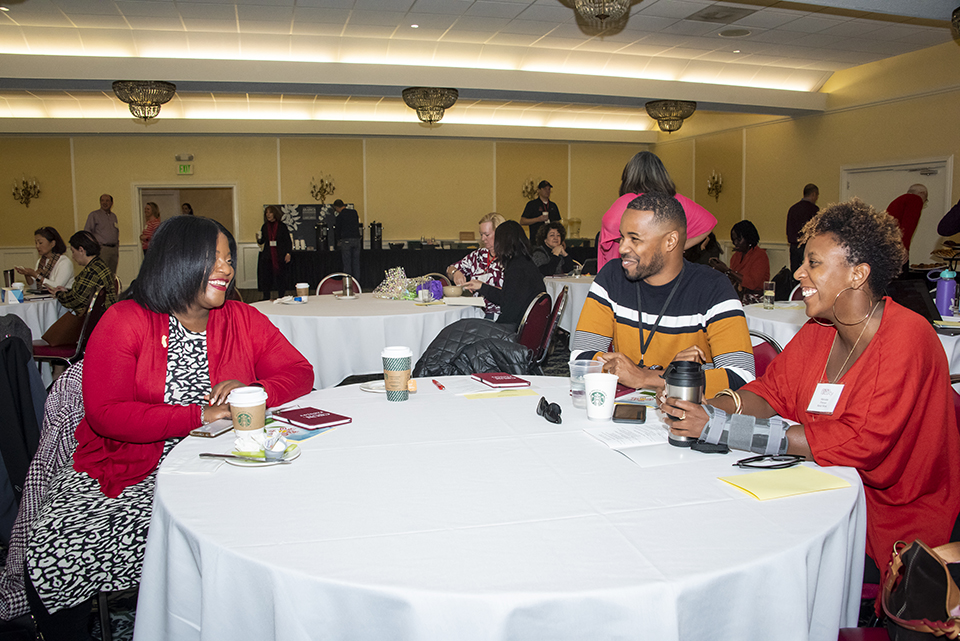
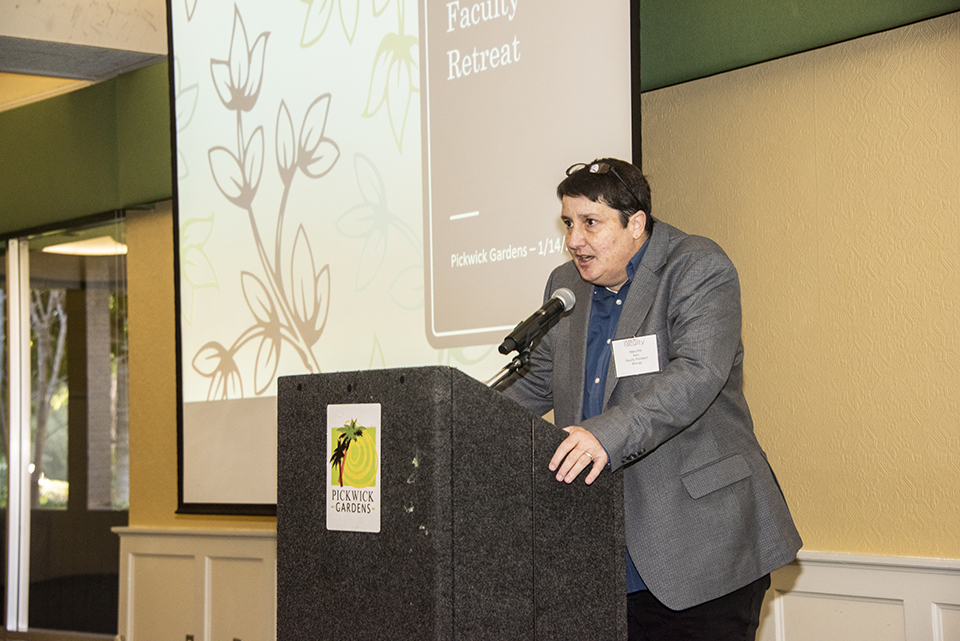
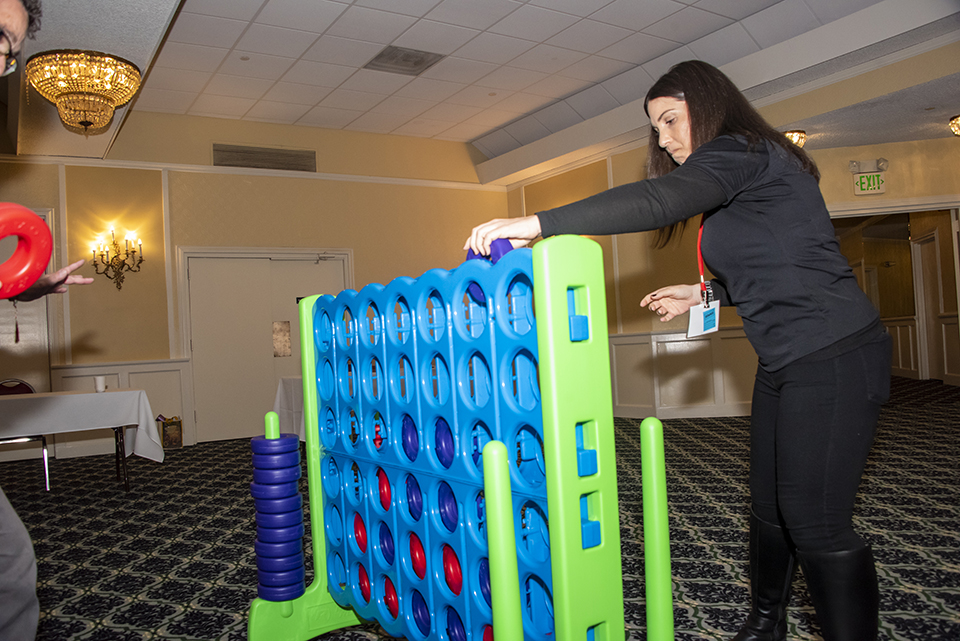
 experience
experience